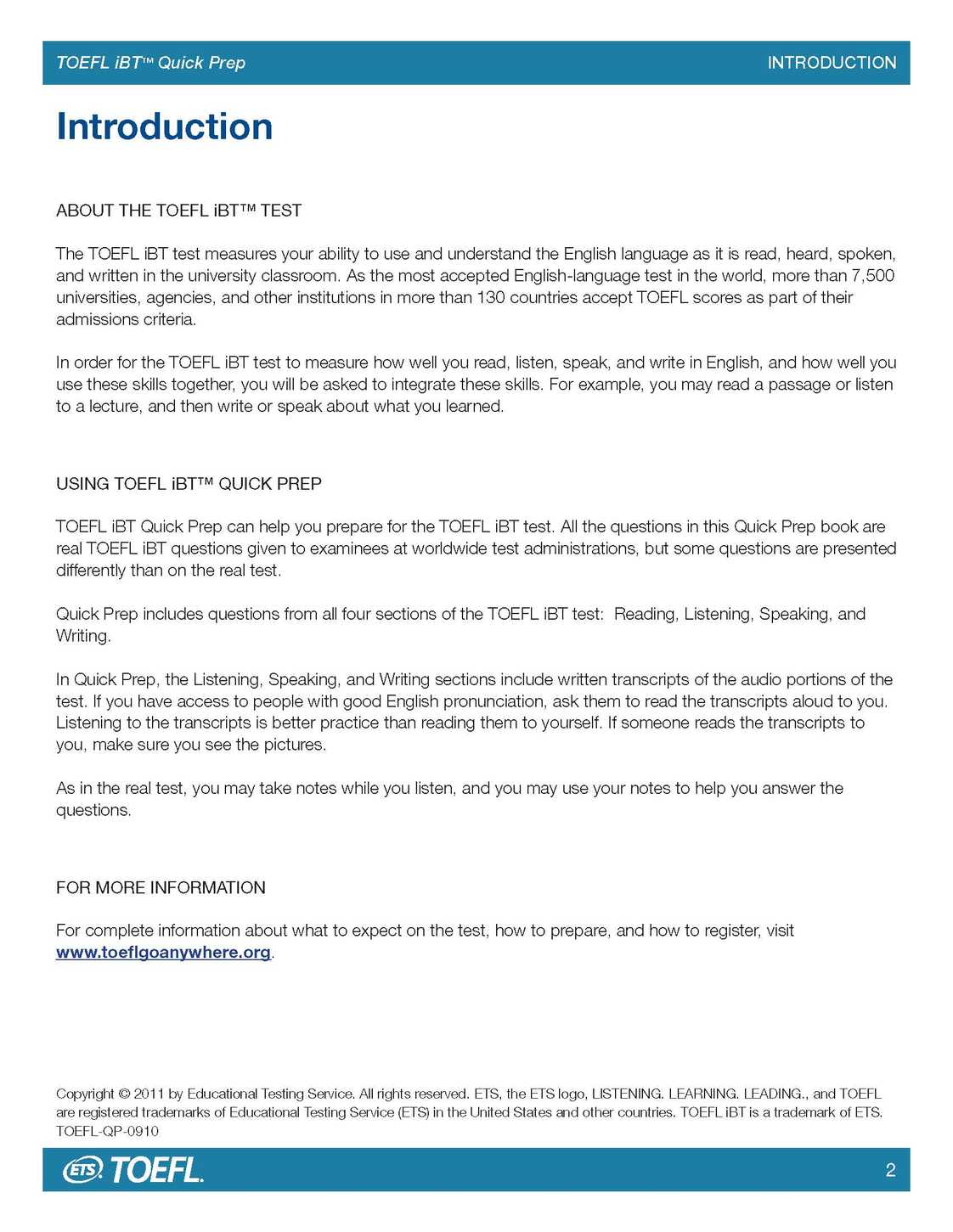|
#2
August 13th, 2016, 05:50 PM
| |||
| |||
| Re: Ibt TOEFL Practice
Ok, here I am providing you the practice test paper of TOEFL iBT Test TOEFL iBT Test practice test paper Reading Practice Set 1: Passage and Questions Directions: Read the passage. Then answer the questions. Give yourself 20 minutes to complete this practice set. Paragraph 1 The city of Teotihuacán, which lay about 50 kilometers northeast of modern-day Mexico City, began its growth by 200 –100 B.C. At its height, between about A.d. 150 and 700, it probably had a population of more than 125,000 people and covered at least 20 square kilometers. It had over 2,000 apartment complexes, a great market, a large number of industrial workshops, an administrative center, a number of massive religious edifices, and a regular grid pattern of streets and buildings. Clearly, much planning and central control were involved in the expansion and ordering of this great metropolis. Moreover, the city had economic and perhaps religious contacts with most parts of Mesoamerica (modern Central America and Mexico). How did this tremendous development take place, and why did it happen in the Teotihuacán Valley? Among the main factors are Teotihuacán’s geographic location on a natural trade route to the south and east of the Valley of Mexico, the obsidian1 resources in the Teotihuacán Valley itself, and the valley’s potential for extensive irrigation. The exact role of other factors is much more difficult to pinpoint—for instance, Teotihuacán’s religious significance as a shrine, the historical situation in and around the Valley of Mexico toward the end of the first millennium B.C., the ingenuity and foresightedness of Teotihuacán’s elite, and, finally, the impact of natural disasters, such as the volcanic eruptions of the late first millennium B.C. This last factor is at least circumstantially implicated in Teotihuacán’s rise. Prior to 200 B.C., a number of relatively small centers coexisted in and near the Valley of Mexico. Around this time, the largest of these centers, Cuicuilco, was seriously affected by a volcanic eruption, with much of its agricultural land covered by lava. With Cuicuilco eliminated as a potential rival, any one of a number of relatively modest towns might have emerged as a leading economic and political power in Central Mexico. The archaeological evidence clearly indicates, though, that Teotihuacán was the center that did arise as the predominant force in the area by the first century A.d. It seems likely that Teotihuacán’s natural resources—along with the city elite’s ability to recognize their potential—gave the city a competitive edge over its neighbors. The valley, like many other places in Mexican and Guatemalan highlands, was rich in obsidian. The hard volcanic stone was a resource that had been in great demand for many years, at least since the rise of the Olmecs (a people who flourished between 1200 and 400 B.C.), and it apparently had a secure market. Moreover, recent research on obsidian tools found at Olmec sites has shown that some of the obsidian obtained by the Olmecs originated near Teotihuacán. Teotihuacán obsidian must have been recognized as a valuable commodity for many centuries before the great city arose. Paragraph 5 Long-distance trade in obsidian probably gave the elite residents of Teotihuacán access to a wide variety of exotic goods, as well as a relatively prosperous life. Such success may have attracted immigrants to Teotihuacán. In addition, Teotihuacán’s elite may have consciously attempted to attract new inhabitants. It is also probable that as early as 200 B.C. Teotihuacán may have achieved some religious significance and its shrine (or shrines) may have served as an additional population magnet. Finally, the growing population was probably fed by increasing the number and size of irrigated fields. The picture of Teotihuacán that emerges is a classic picture of positive feedback among obsidian mining and working, trade, population growth, irrigation, and religious tourism. The thriving obsidian operation, for example, would necessitate more miners, additional manufacturers of obsidian tools, and additional traders to carry the goods to new markets. All this led to increased wealth, which in turn would attract more immigrants to Teotihuacán. The growing power of the elite, who controlled the economy, would give them the means to physically coerce people to move to Teotihuacán and serve as additions to the labor force. More irrigation works would have to be built to feed the growing population, and this resulted in more power and wealth for the elite. 1obsidian: a type of volcanic glasslike rock used for manufacturing tools and ceremonial objects Directions: now answer the questions. 1. The word “massive” in paragraph 1 is closest in meaning to (A) ancient (B) carefully planned (C) very large (d) carefully protected 2. In paragraph 1, each of the following is mentioned as a feature of the city of Teotihuacán between a.D. 150 and 700 eXCePT (A) regularly arranged streets (B) several administrative centers spread across the city (C) many manufacturing workshops (d) apartment complexes 3. The word “pinpoint” in paragraph 2 is closest in meaning to (A) identify precisely (B) make an argument for (C) describe (d) understand   For more questions here is the attachment |